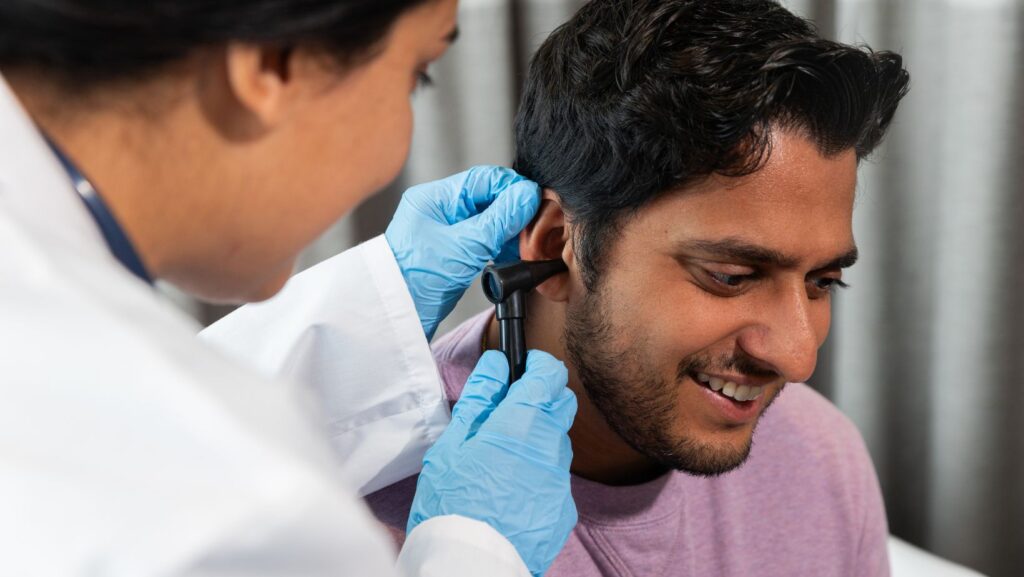Understanding ear wax and its removal is essential for maintaining ear health. Contrary to popular belief, ear wax, or cerumen, serves a protective purpose. It shields the walls of the ear canal from dust and dirt, while also providing antibacterial properties that help ward off infections. However, sometimes this natural substance can accumulate to the point where it causes hearing difficulties or discomfort. When that happens, knowing safe and effective ear wax removal options is crucial.
What Causes Excess Ear Wax?
Several factors can contribute to the overproduction of ear wax. Genetic predisposition plays a role—some people naturally produce more wax than others. Additionally, wearing hearing aids or earbuds can push wax deeper into the ear canal, exacerbating the issue. Environmental factors, such as humidity and exposure to dust, also influence wax production.
In certain cases, excessive cleaning of the ears can ironically lead to more blockage. Using cotton swabs or similar objects might seem like a good idea, but they often push wax further in, making the problem worse. Thus, understanding the right approach to ear hygiene is key.
How to Recognise Blockages
Before rushing to a clinic for removal, it’s important to identify whether you truly have a blockage. Signs may include:
• Muffled hearing
• Earache or discomfort
• Itching in the ear
• Dizziness
• A feeling of fullness in the ear
If you experience these symptoms, it may be time to consult a professional for ear wax removal. In London, there are various specialised clinics that offer tailored services to ensure safe methods for removing blockages.
The Importance of Professional Removal

While the internet is filled with DIY solutions for ear wax removal, such as using olive oil or peroxide drops, these attempts can risk damaging the delicate structures of the ear. Professional services ensure safety and efficacy. Ear wax removal professionals are trained to identify blockages and determine the best method for extraction, reducing the risk of complications like infections or perforations.
What Are the Common Methods?
1 Microsuction: This method involves using a small suction device to gently extract the wax. It’s considered one of the safest and most effective techniques because it allows visualisation of the ear canal. The audiologist can see what they’re doing, which minimizes risk.
2 Irrigation: This technique uses water to flush out the wax. While effective, it requires careful consideration as it isn’t suitable for everyone, especially those who have had previous ear issues or surgeries.
3 Manual Removal: In some cases, professionals may choose to remove the wax using special instruments. This method requires a skilled hand to minimise discomfort and ensure safety.
4 Ear Drops: Sometimes, the first step might include using over-the-counter ear drops designed to soften the wax. This can make removal easier during a follow-up visit.
Aftercare Tips
Once the wax has been successfully removed, it’s crucial to adopt good ear hygiene practices to prevent future build-up:
• Limit Ear Cleaning: The ears are generally self-cleaning. Avoid inserting objects into your ear canal.
• Use Ear Protection: If you’re exposed to dust or water regularly, consider using earplugs or swim plugs.
• Regular Check-ups: If you’re prone to wax build-up, schedule regular visits to an audiologist for check-ups and occasional cleanings.
When to Seek Help
It’s advisable to consult a healthcare professional if you have persistent symptoms or if the ear wax causes significant discomfort. It’s also wise to seek professional advice if you have a history of ear problems, such as perforated eardrums or ear surgeries. Self-treating in these situations could lead to further complications.
What Myths Should You Avoid?
There are several myths surrounding ear wax care that can lead to improper practices. A prevalent one is the belief that ear wax is inherently harmful and must be removed at all costs. In reality, some amount of ear wax is beneficial. Additionally, many people think that using cotton swabs is an effective way to clean their ears, but this is often counterproductive.
Another misconception is that ear wax flushing is always safe. While it may be convenient, it carries risks if not performed correctly. It’s best left to professionals who have the right equipment and training to minimize those risks.
Conclusion
Ear wax removal is a routine procedure, but it’s important to approach it with care and knowledge. Understanding the causes of ear wax accumulation, recognising symptoms of blockages, and knowing when to seek professional help can prevent potential complications.
In an urban setting like London, resources are readily available for safe and effective ear wax removal. Whether you opt for microsuction, irrigation, or manual methods, the key is to prioritise safety. Awareness and proper aftercare can go a long way in maintaining ear health, ensuring you can hear clearly and comfortably. Taking care of your ears is just as vital as managing other aspects of your health, so don’t hesitate to seek assistance when necessary.

